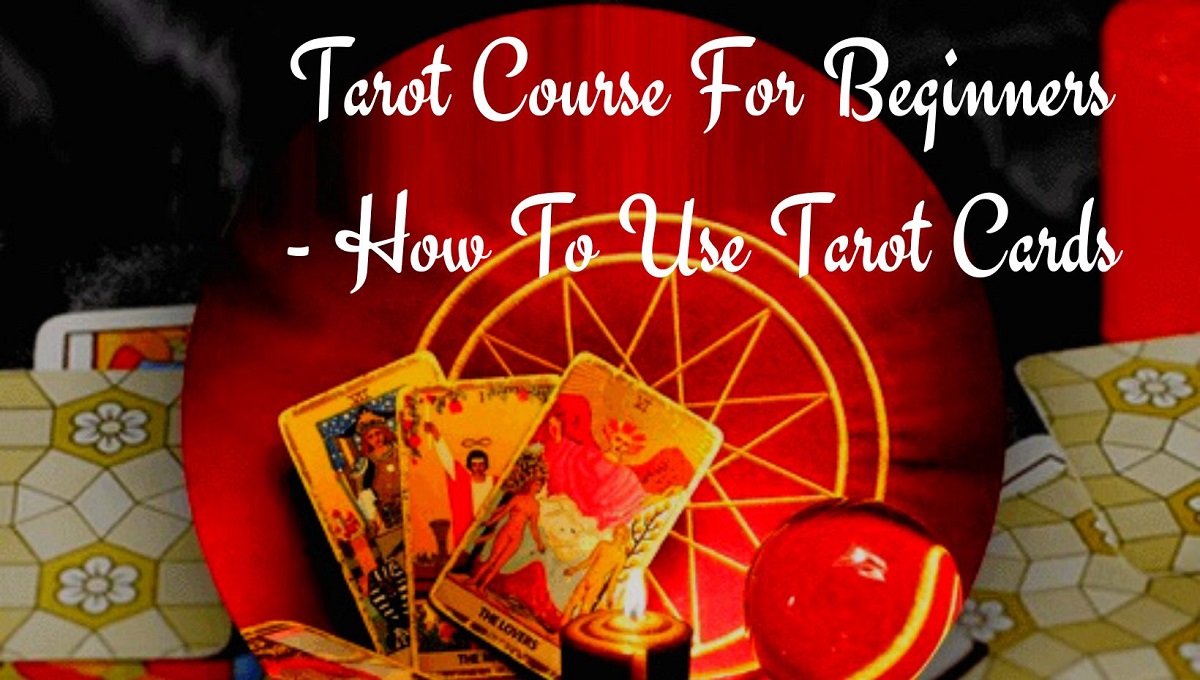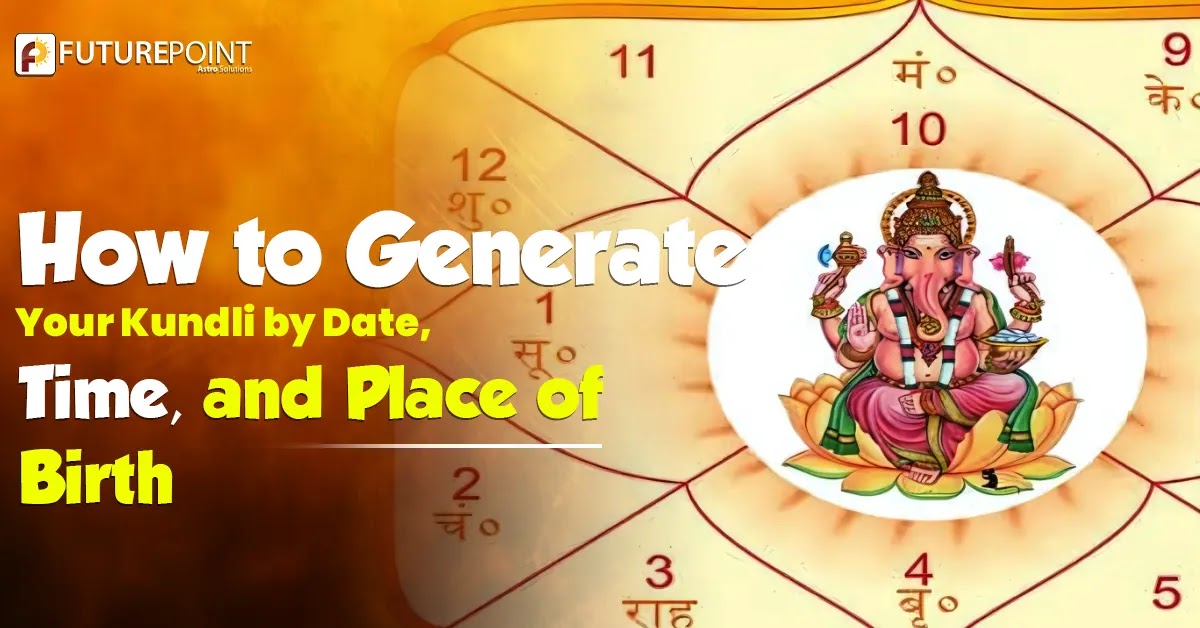Tarot Course For Beginners - How To Use Tarot Cards
Tarot cards have been used for centuries as a tool for divination and self-discovery. These cards are more than just a deck of playing cards; they hold deep symbolic meaning and can offer insights into the past, present, and future.
If you are new to tarot card reading, it can be overwhelming to know where to begin. This article will provide you with a comprehensive guide on how to use tarot cards, even if you have no prior experience. By the end of this article, you will have a basic understanding of tarot card reading and how to use this practice to gain valuable insights into your life.
Whether you are looking to explore your spirituality, gain clarity on a particular situation, or simply have some fun, tarot card reading can be a powerful tool for self-discovery. So, let's dive in and explore the world of tarot card reading together!
What are Tarot Cards?
Tarot cards are a deck of 78 cards that are used for divination and self-discovery. They are often associated with fortune-telling, but tarot card reading is much more than predicting the future. Each card in the tarot deck has a unique meaning, and these meanings are based on archetypes, symbolism, and numerology.
There are two main types of tarot cards: the Major Arcana and the Minor Arcana. The Major Arcana consists of 22 cards that represent major life events, such as the Fool (representing new beginnings) and the Death card (representing transformation and change). The Minor Arcana consists of 56 cards divided into four suits: wands, cups, swords, and pentacles. Each suit represents a different aspect of life, such as creativity, emotions, thoughts, and material possessions.
Tarot cards have been used for centuries as a tool for spiritual guidance, divination, and self-exploration. They can provide insight into a person's past, present, and future, as well as offer guidance and clarity on life's biggest questions.
While tarot card reading course can seem intimidating, it is a practice that anyone can learn with time and dedication. By understanding the basic meanings of each card and learning how to interpret them in different spreads, you can develop your own intuition and gain a deeper understanding of yourself and the world around you.
In the next section, we will discuss the basics of tarot card reading, including how to interpret tarot cards and their meanings.
Understanding Tarot Card Reading
Tarot card reading is a practice that involves using tarot cards to gain insights into the past, present, and future. While the practice of tarot card reading has a mystical and spiritual connotation, it is ultimately a tool for self-exploration and personal growth.
To understand tarot card reading, it's important to know that each tarot card has a unique meaning and significance. These meanings are based on archetypes, symbolism, and numerology, and they can provide insight into different aspects of life, such as relationships, career, and personal growth.
When performing a tarot card reading, the reader will shuffle the cards and lay them out in a specific pattern, called a spread. Each position in the spread represents a different aspect of the question or situation being explored. The reader will then interpret the meaning of each card in relation to its position in the spread, as well as the overall message that the cards convey.
Interpreting tarot cards requires a combination of intuition and knowledge of the card meanings. While there are standard meanings for each card, the interpretation can vary depending on the context and the individual reader's intuition.
It's important to approach tarot card reading with an open mind and a willingness to explore your own intuition and inner wisdom. The practice of tarot card reading can provide guidance and clarity on life's biggest questions, but it's ultimately up to the individual to interpret the messages of the cards and apply them to their own life.
In the next section, we will discuss how to get started with tarot card reading, including how to prepare for a reading and perform a basic tarot card spread.
Getting Started with Tarot Card Reading
If you're new to learn tarot card reading, getting started can be intimidating. But with practice and patience, anyone can learn how to read tarot cards. Here are some steps to help you get started:
Choose a tarot deck: There are many different types of tarot decks available, each with their own unique artwork and symbolism. Choose a deck that speaks to you and resonates with your personal style and interests.
Get to know your tarot deck: Spend time familiarizing yourself with the cards and their meanings. Study each card and its symbolism, and practice pulling one card a day and reflecting on its meaning.
Prepare for a reading: Before you start a reading, take a moment to clear your mind and set an intention for the reading. You can also cleanse your deck by smudging it with sage or setting it out under the moonlight.
Perform a basic tarot card spread: One of the most common tarot card spreads is the three-card spread, which represents the past, present, and future. Shuffle the cards while focusing on your question, then lay out three cards and interpret their meanings in relation to the question.
Trust your intuition: Tarot card reading requires a combination of knowledge and intuition. Trust your instincts and allow your intuition to guide you as you interpret the cards.
Remember, tarot card reading is a personal practice that can be adapted to your individual needs and preferences. As you gain experience and confidence, you can experiment with different spreads and techniques to deepen your understanding of the cards and their meanings.
In the next section, we will discuss some basic tarot card meanings and interpretations to help you get started with your tarot card readings.
Tarot Card Spreads
Tarot card spreads are patterns in which the cards are laid out during a reading. Each spread has a specific purpose and can provide insight into different aspects of life. Here are some common tarot card spreads that you can use in your readings:
Three-Card Spread: This is a simple spread that represents the past, present, and future. The first card represents the past, the second card represents the present, and the third card represents the future.
Celtic Cross Spread: This is a more complex spread that provides a comprehensive analysis of a situation or question. It includes ten cards, each representing a different aspect of the question or situation.
Relationship Spread: This spread is designed to provide insight into relationships. It includes cards that represent each person in the relationship, as well as the overall energy and potential outcomes of the relationship.
Career Spread: This spread is focused on career and provides insight into career paths, job opportunities, and professional growth. It includes cards that represent different aspects of career development, such as skills, strengths, and obstacles.
Decision-Making Spread: This spread is designed to help with decision-making by providing insight into the pros and cons of different options. It includes cards that represent the advantages, disadvantages, and potential outcomes of each option.
When performing a tarot card spread, it's important to take the time to reflect on each card and its meaning. Consider how each card relates to the question or situation being explored, and use your intuition to interpret the messages of the cards.
As you gain experience with tarot card reading, you can experiment with creating your own spreads and adapting existing spreads to fit your specific needs and questions.
In the next section, we will discuss some tips and best practices for effective tarot card reading.
Tarot Card Reading Tips for Beginners
If you're new to tarot card reading, it can be overwhelming to know where to start. Here are some tips to help you get started and develop your skills:
Set an intention: Before you start a reading, take a moment to set an intention for the reading. What do you hope to gain from the reading? What question or situation are you exploring? Setting an intention can help you focus your energy and provide clarity for the reading.
Practice regularly: Like any skill, tarot card reading requires practice to develop. Try to practice regularly, even if it's just pulling one card a day and reflecting on its meaning. Over time, you'll start to develop a deeper understanding of the cards and their symbolism.
Use a journal: Keeping a tarot journal can help you track your progress and reflect on your readings. Write down the question or situation you're exploring, the cards you pulled, and your interpretations of their meanings. This can help you identify patterns and themes in your readings and develop your intuition.
Trust your intuition: Tarot card reading is a combination of knowledge and intuition. Trust your instincts and allow your intuition to guide you as you interpret the cards. Don't be afraid to go off-book and interpret the cards in a way that feels right to you.
Be mindful of your energy: Tarot card reading requires a certain level of focus and energy. Make sure you're in a calm, grounded state before you start a reading. If you're feeling stressed or distracted, take a moment to center yourself before you start.
Respect the cards: Tarot card courses are a tool for self-reflection and growth. Treat them with respect and honor their symbolism and significance. Avoid using them for frivolous or superficial purposes.
Remember, tarot card reading is a personal practice that can be adapted to your individual needs and preferences. Don't be afraid to experiment with different spreads and techniques and find what works best for you.
In the next section, we will provide a summary of the key points covered in this article and offer some final thoughts on getting started with tarot card reading.
Conclusion
In this article, we've explored the world of tarot card reading and provided a beginner's guide to using tarot cards. We've discussed what tarot cards are, how to understand tarot card reading, and how to get started with tarot card reading. We've also covered some common tarot card spreads and provided tips for effective tarot card reading.
Tarot card reading can be a powerful tool for self-reflection, personal growth, and gaining insight into different aspects of life. By following the tips and techniques discussed in this article, you can develop your skills and deepen your understanding of the cards.
Remember, tarot card reading is a personal practice that should be approached with respect and intention. Use the cards to explore your inner wisdom and gain clarity and perspective on different aspects of life. With time and practice, you'll develop your own unique approach to tarot card reading and unlock its full potential as a tool for personal transformation.
We hope this article has provided you with a helpful introduction to using tarot cards. If you have any questions or would like to learn more, there are many resources available online and in your local community. We wish you all the best on your tarot journey!



Comments
Post a Comment